Animals That Use Echolocation to “See” the World
Echolocation lets animals use sound as a guide in places where vision fails. They send out clicks, chirps, or taps and interpret the returning echoes to find prey, avoid danger, or move confidently in darkness.
Each species uses it differently, shaped by habitat, diet, and evolutionary history. For many, this ability has become a crucial survival tool. The variety of methods and adaptations shows just how inventive nature can be when seeing isn’t enough.
Here are some animals that have their own specialized way of turning sound into a map of the world.
Bats
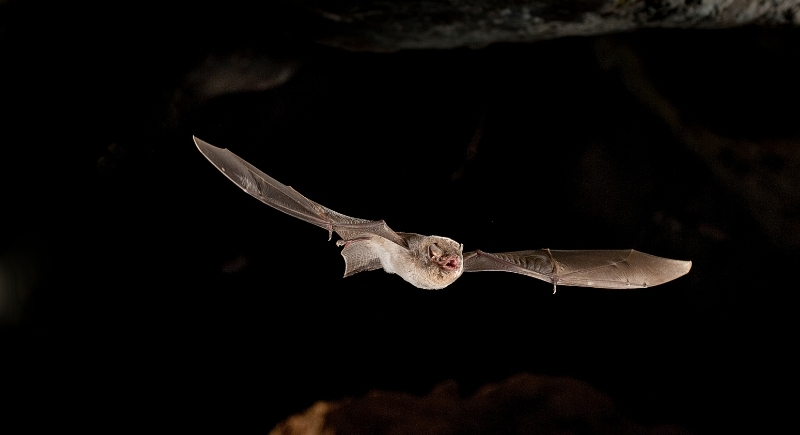
Credit: Getty Images
In the dark, bats turn the air into a map. High-frequency chirps bounce off insects and obstacles and reveal echoes that their brains decode instantly. Bulldog bats can produce over 140 decibels, which can reach targets meters away. Their ears are shaped to filter their own calls from background noise.
Toothed Whales

Credit: Getty Images
Miles below the surface, toothed whales send clicks through a fatty organ in their foreheads called the melon. The sound travels swiftly in water, rebounding off prey or seafloor features. The echoes pass through the lower jaw to the inner ear and deliver precise details about size and distance.
Shrews
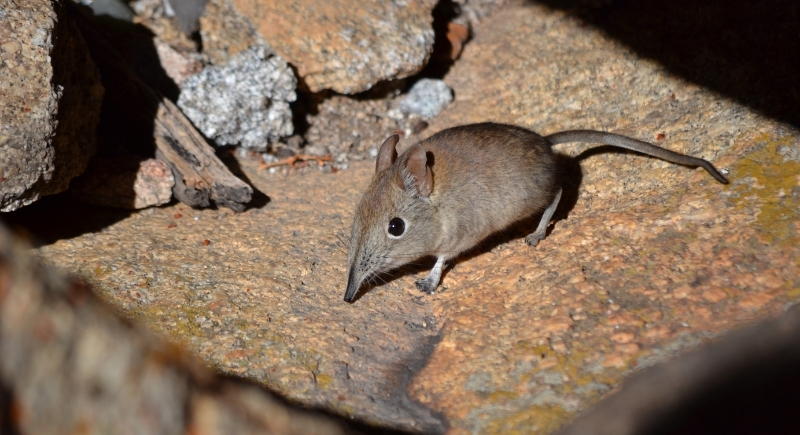
Credit: Getty Images
Shrews have small eyes and weak vision, so they use sharp, high-pitched twitters that bounce off nearby surfaces like plants, soil, and rocks. In research trials, they called more often when their surroundings were altered, suggesting the sounds help them adjust to changes in their path.
Dolphins

Credit: Getty Images
Echolocation gives dolphins an edge in hunting and navigation. They produce rapid clicks that travel through the melon, and echoes return to receptors in the jawbone and carry precise details about nearby objects. Atlantic spotted dolphins, common around the Bahamas, can even detect fish hidden beneath sand and distinguish between different materials.
Porpoises

Credit: Getty Images
Harbor porpoises use a sharp, high-frequency sonar beam to cut through coastal waters. At 130 kHz, the sound is far beyond the hearing range of killer whales and offers a survival advantage. This narrow beam allows them to single out small fish without confusion from background noise.
Oilbirds

Credit: Getty Images
Pitch-black caves in South America are home to oilbirds, which navigate with loud clicks audible to humans. These sounds reveal large obstacles, such as cave walls or other birds, but cannot detect smaller objects. The method suits their fruit-based diet, which doesn’t require pinpoint tracking of tiny prey.
Dormice
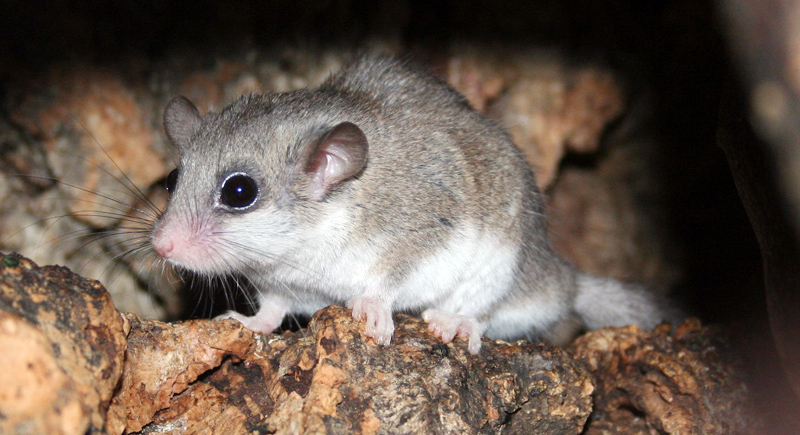
Credit: Wikimedia Commons
The Vietnamese pygmy dormouse is blind and moves around using ultrasonic calls between 50 and 100 kHz. Echoes from these calls outline nearby branches and surfaces, allowing the dormouse to travel with precision. Field studies show it can navigate complex spaces entirely through sound without depending on sight.
Wandering Shrews
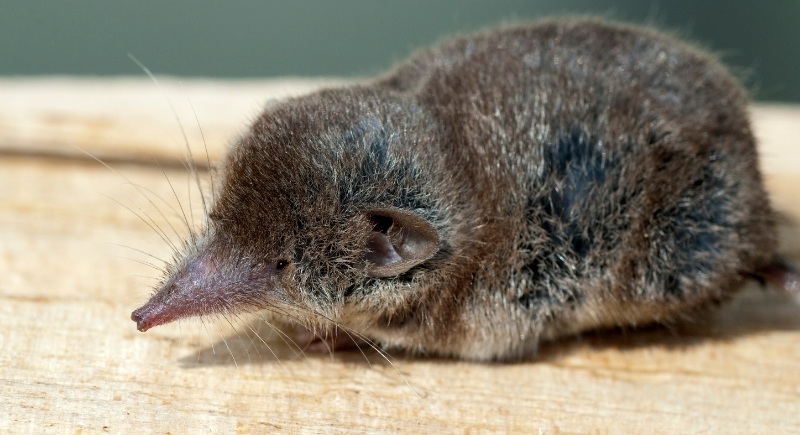
Credit: Getty Images
Wandering shrews emit brief, high-pitched calls that reflect off vegetation, stones, and other nearby features. The returning echoes outline their surroundings, allowing them to move through tangled cover where sight is limited. This acoustic mapping helps them navigate and hunt effectively in areas with dense growth and little natural light.
Swiftlets
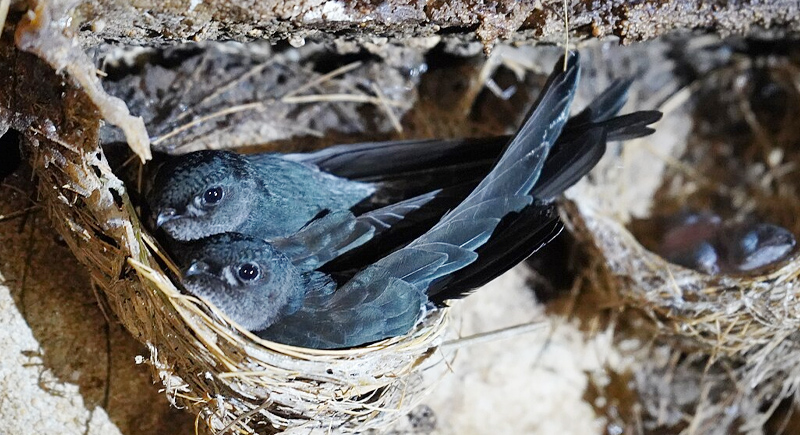
Credit: Wikimedia Commons
Echoing clicks guide swiftlets through sprawling cave systems across the Indo-Pacific. Their calls, between 1 and 10 kHz, include both single and double clicks, with doubles occurring most often. Their sonar gives them the precision to fly, roost, and nest on vertical cave walls without visual cues.
Tenrecs

Credit: Wikimedia Commons
Researchers first recorded echolocation in tenrecs in the 1960s while studying Madagascar’s fauna. These small mammals use tongue clicks between 5 and 17 kHz as they search for food at night. In low vegetation and leaf litter, they pair these sounds with scent and touch to locate insects and other prey.
Beluga Whales

Credit: Getty Images
Clicks sent through the beluga’s melon help map icy Arctic waters. Flexible neck bones let them aim these sound beams precisely, vital under shifting ice sheets. Recurring echoes identify prey, open water, or dangerous obstructions. In low-visibility conditions, sight becomes secondary to sound.
Orcas

Credit: Getty Images
If you measured an orca’s hunting success, echolocation would be a major factor. Strong clicks travel through the water, and echoes come back with details about a target’s size, movement, and distance. They adjust the beam to follow one fish closely or scan for an entire group. This control makes cooperative hunting highly efficient and lets pods coordinate with ease.
Narwhals

Credit: Getty Images
Researchers studying narwhals have found that echolocation is key to their survival in Arctic seas. This is because it allows them to detect breathing holes in thick ice, locate prey in waters, and avoid underwater hazards. During winter, when daylight is scarce and ice openings are limited, this skill ensures they can reach the surface to breathe.
Aye-Ayes

Credit: Getty Images
Instead of relying on vision alone, aye-ayes in Madagascar use a feeding technique known as percussive tapping. They tap on wood with an elongated finger and listen for changes in resonance that suggest hollow spaces containing insect larvae. This method isn’t true echolocation but serves a similar purpose in finding hidden prey.
Chinese Pygmy Dormice
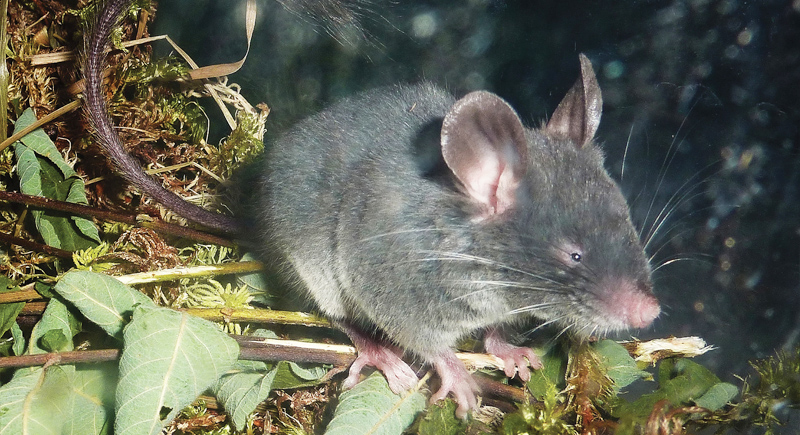
Credit: Wikimedia Commons
The Chinese pygmy dormouse produces soft ultrasonic squeaks, which give it spatial awareness in cluttered surroundings. The low volume of its calls may also reduce detection by predators. While less powerful than bat or dolphin sonar, it works effectively for navigating tight, elevated habitats.